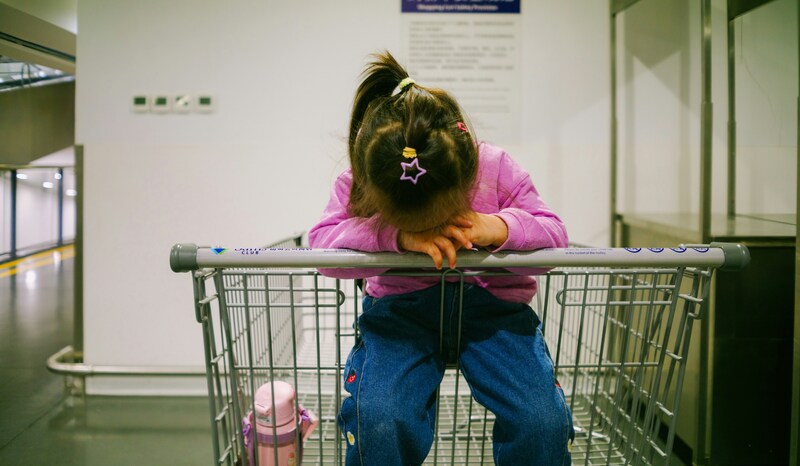Why Emotional Regulation Should Be the Heart of Every ABA Program

Progress in Applied Behavior Analysis is often shown in neat graphs and mastered goals. Under every data point is something more human: emotion. When a child learns to understand and manage feelings, everything else gets easier. Focus grows, communication opens up, and daily life feels safer and more predictable.
Key idea: Emotional regulation is not a "nice-to-have." It is the engine that powers learning, independence, and connection.
Book a free consultation to talk with a Client Advocate about your child’s goals and how our team can help.
What Emotional Regulation Really Means
Emotional regulation is the ability to notice body signals and feelings, to pause, and to respond with a useful strategy. For many autistic children, this is hard because of sensory sensitivities, communication differences, or anxiety during unexpected change. In plain language, regulation helps a child move from "I cannot handle this" to "I know what to do right now."
Why It Matters More Than Compliance
A child can follow a prompt during a quiet session. If frustration spikes at the grocery store, that prompt may not help.
Emotional regulation bridges the gap between behavior learned in therapy and behavior used in real life. It turns survival mode into learning mode, which is where growth happens.
Related reading:
From Compliance to Connection
Children learn best when they feel safe and understood. Try simple, steady scripts that name the feeling and offer a choice.
- "I see this is hard. Let us breathe together."
- "Do you want help or a break?"
- "You used your words. Great job asking for help."
This is how empathy, trust, and skill grow at the same time. If you want a deeper dive into the clinical side, explore our overview of ABA Therapy at AIA.
How AIA Teaches Emotional Regulation
We design plans that are individualized, neurodiversity-affirming, and practical. We also show families how to use the same language and tools at home so the child experiences consistency. Learn more about our intake process.
Step 1: Label the Emotion
Use mirrors, pictures, or a simple chart. Keep labels short.
- "Happy"
- "Frustrated"
- "Worried"
- "Tired"
Step 2: Co-Regulate First
Adults model calm breathing, quiet voice, and slow body. We are the steady anchor the child can borrow until they can steady themselves.
Step 3: Build a "Coping Wheel"
Offer two or three choices at first. Practice during calm times.
- Belly breathing
- Noise-reducing headphones
- "Break" card or "Help please" card
- Squeezing a fidget
Helpful tool: Try our guide to First/Then cards for smoother transitions.
Step 4: Reinforce Self-Regulation
Catch it in the moment.
- "You asked for a break. That kept your body safe."
- "You breathed and tried again. That is strong self-control."
Step 5: Involve Families Every Day
Parents and caregivers are a child’s first co-regulators. We coach you on scripts, visuals, and routines to keep the approach the same at home and out in the community.
Quick Reference: Triggers and Tools
| Common trigger in daily life | What the child might feel | Simple ABA-aligned supports | What to practice later |
|---|---|---|---|
| Noisy room or store | Overwhelmed, tense body | Headphones, "quiet corner," count to ten | Gradually increase time in the space with breaks |
| Change in routine | Worried, stuck | Visual schedule, First/Then card | Preview changes the night before and morning of |
| Challenged task | Frustrated, avoidant | Break card, help request script | Errorless learning, small steps, praise for effort |
| Long wait | Bored, restless | "Waiting kit" with fidgets and a short game | Timed waiting with a reward for successful waiting |
Tip for Arizona families: Pack a small waiting kit for errands in Phoenix heat. Include a collapsible water bottle, a cool cloth, and one calming activity. Keep it in the car year-round.
Where Regulation Meets Learning
Once children have go-to strategies, the "learning brain" can do its job. You will see:
- Better attention to instruction
- More communication attempts
- Smoother participation with peers
- Faster recovery after stress
If executive functioning skills like planning and flexible thinking are also a goal, read our library article on Executive Functioning Skills and Autism.
How We Track Progress
ABA is data-driven, and regulation goals can be measured clearly.
- Strategy use: How often the child uses a matched strategy without a prompt
- Recovery time: Minutes from upset to ready to learn
- Support level: From full adult model to independent use
- Generalization: Home, clinic, school, and community use
You will see these metrics in your care plan and progress reviews. For method choices inside sessions, see our primer on Discrete Trial Training (DTT) and Natural Environment Training (NET).
Home Setup in Two Weeks
Week 1: Build the system
- Pick two feelings to target.
- Post a visual schedule in the kitchen.
- Tape a "break" card near the most challenging spot at home.
- Practice breathing at bedtime for one minute.
Week 2: Use and reinforce
- Prompt a strategy once a day during a mild challenge.
- Praise the attempt first, not the perfect outcome.
- Log wins on the fridge so everyone can see progress.
Want help designing your plan? Schedule a free consultation. We serve families across the Phoenix metro area and offer in-center options.
Keep Learning with AIA
Ready to take the next step? Visit our ABA Therapy page or start the Learner Intake Process.



